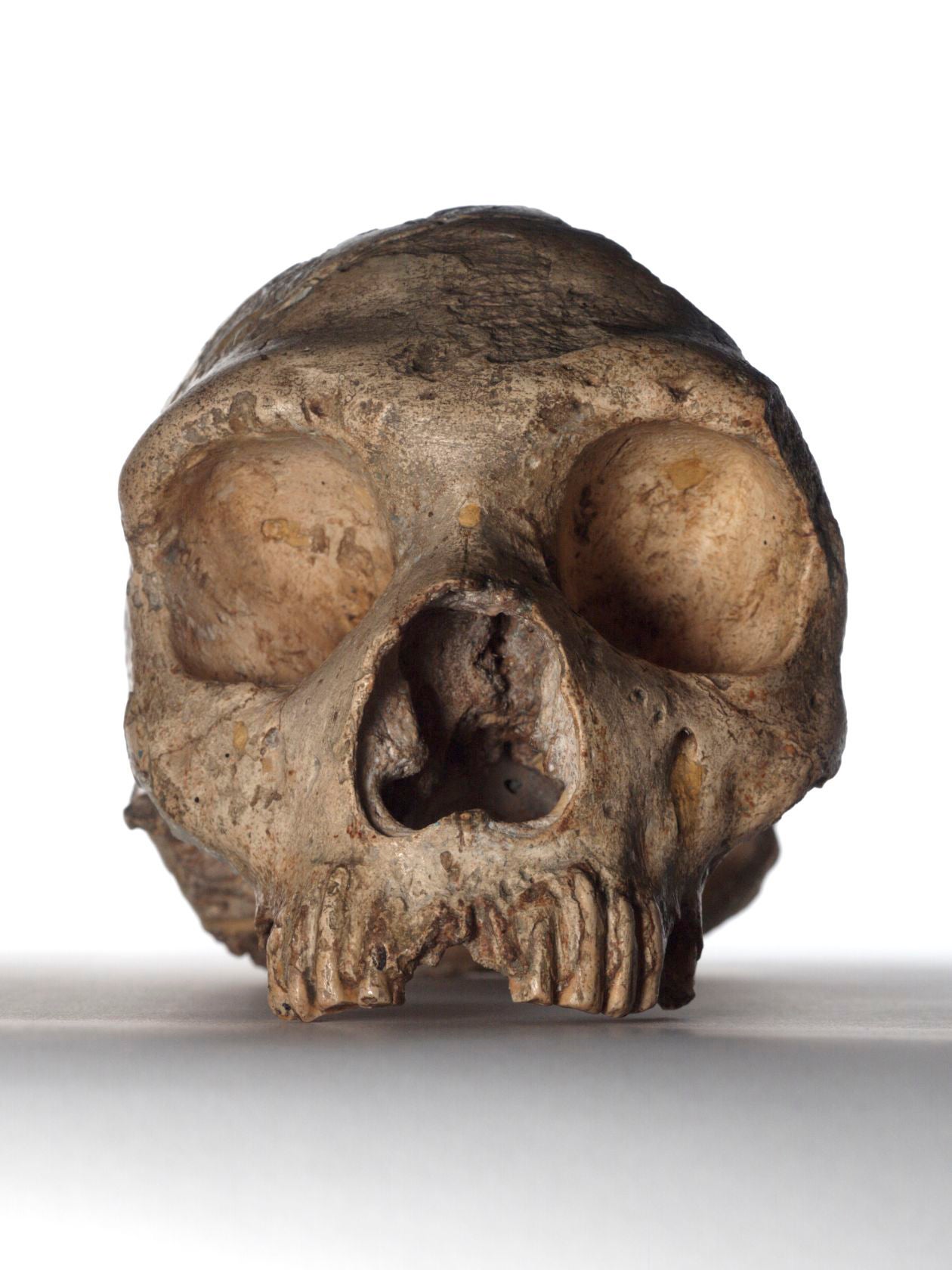Neanderthals' large eyes led to their downfall, says study

Your support helps us to tell the story
From reproductive rights to climate change to Big Tech, The Independent is on the ground when the story is developing. Whether it's investigating the financials of Elon Musk's pro-Trump PAC or producing our latest documentary, 'The A Word', which shines a light on the American women fighting for reproductive rights, we know how important it is to parse out the facts from the messaging.
At such a critical moment in US history, we need reporters on the ground. Your donation allows us to keep sending journalists to speak to both sides of the story.
The Independent is trusted by Americans across the entire political spectrum. And unlike many other quality news outlets, we choose not to lock Americans out of our reporting and analysis with paywalls. We believe quality journalism should be available to everyone, paid for by those who can afford it.
Your support makes all the difference.Neanderthals became extinct because they had larger eyes than modern-day man, a new study of their skulls suggests.
This meant that a larger section of their brains was devoted to maintaining good vision during the long, dark nights of the period, leaving less room for higher-level thinking processes and eventually leading to their extinction, scientists claim.
Although their brains were similar in size to those of modern-day man, new analysis of fossil data by the University of Oxford and the Natural History Museum in London shows that their brain structure was markedly different. Significantly less space was devoted to the cognitive functions that allowed Homo Sapiens to survive the ice age by creating warmer clothes and developing larger social groups.
"Since Neanderthals evolved at higher latitudes and also have bigger bodies than modern humans, more of the Neanderthal brain would have been dedicated to vision and body control, leaving less brain to deal with other functions like social networking," said lead author Eiluned Pearce from the Institute of Cognitive and Evolutionary Anthropology at the University of Oxford.
"Smaller social groups might have made Neanderthals less able to cope with the difficulties of their harsh Eurasian environments because they would have had fewer friends to help them out in times of need," Pearce said.
"Overall, differences in brain organisation and social cognition may go a long way towards explaining why Neanderthals went extinct whereas modern humans survived," he said.
The study is published in Proceedings of the Royal Society B.
Join our commenting forum
Join thought-provoking conversations, follow other Independent readers and see their replies
Comments